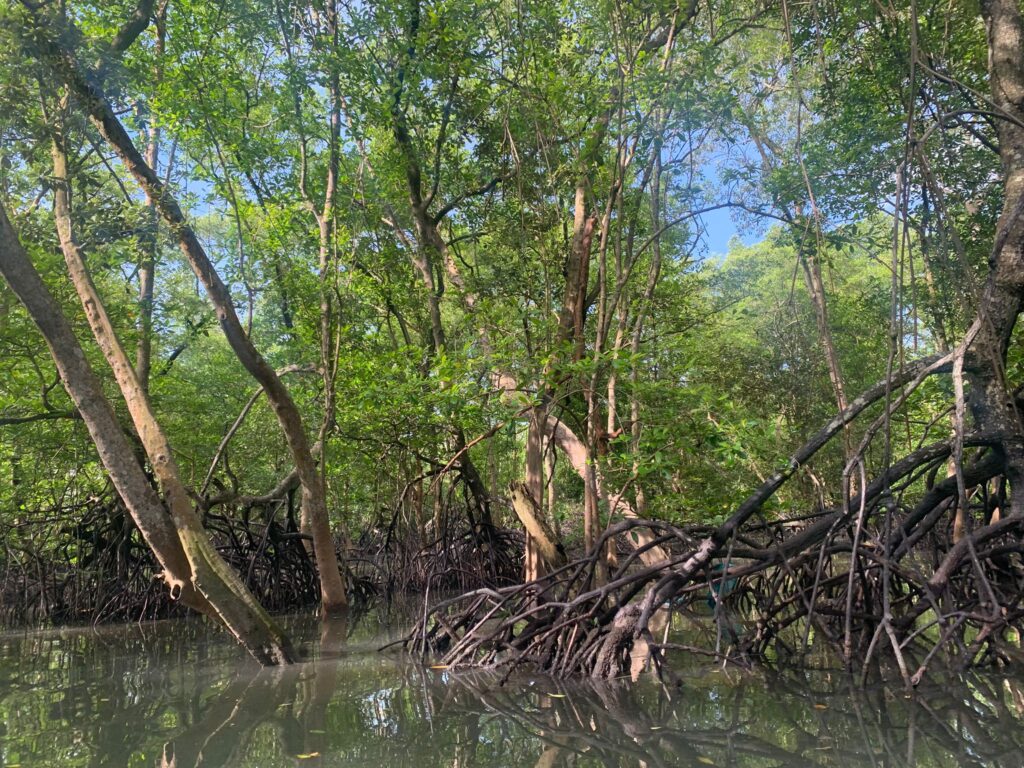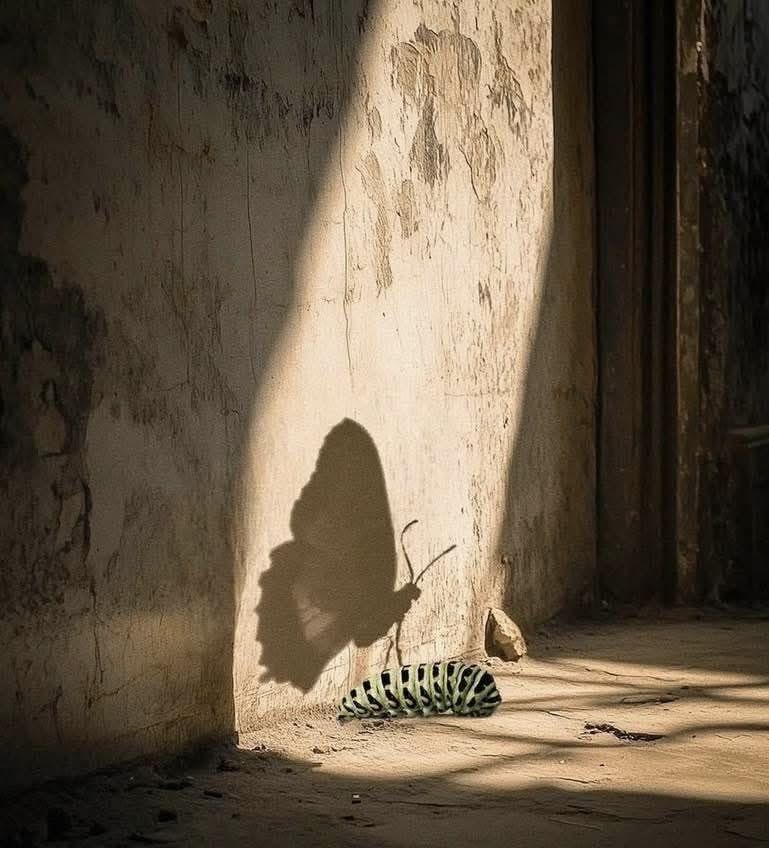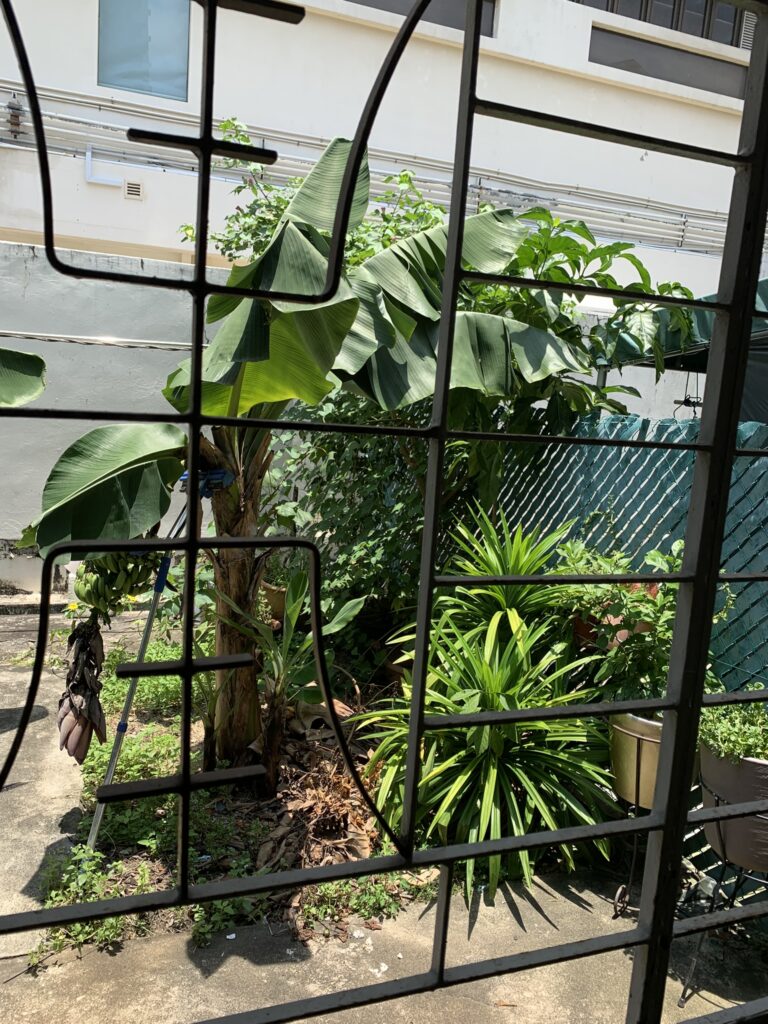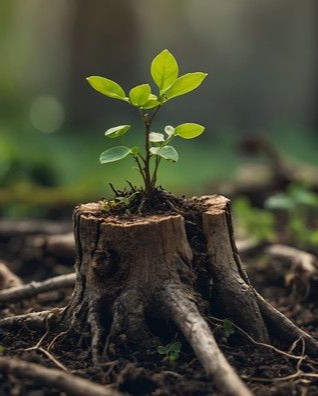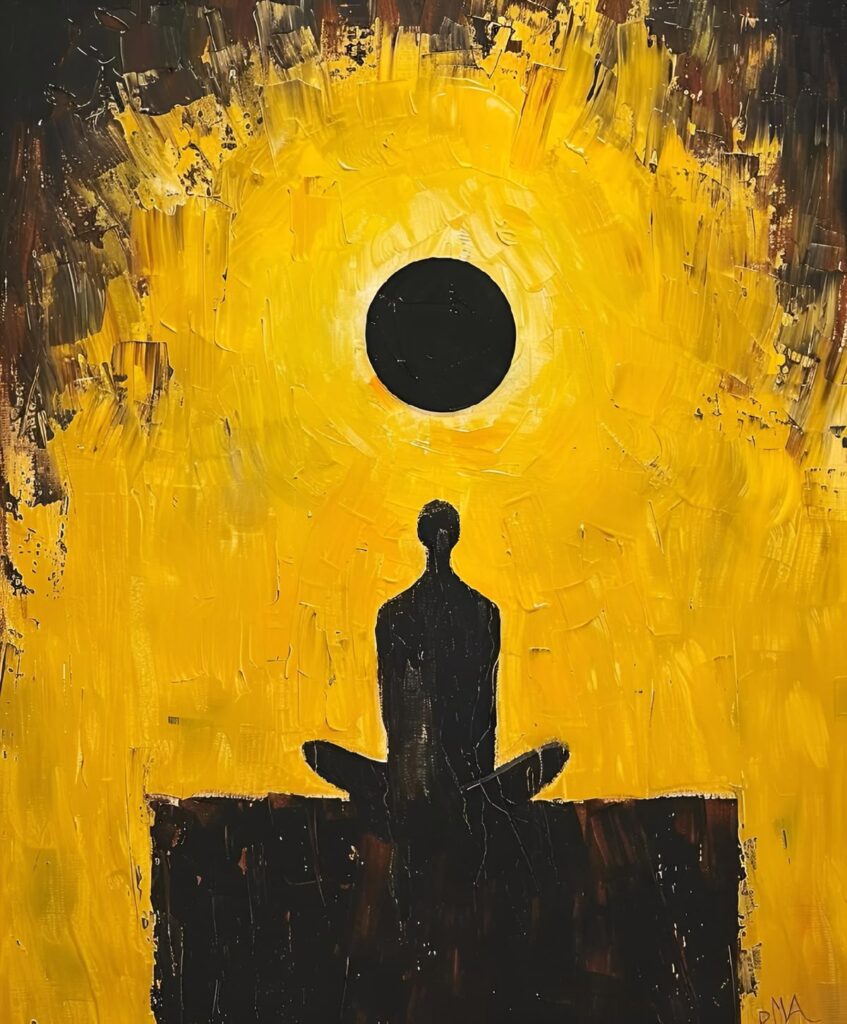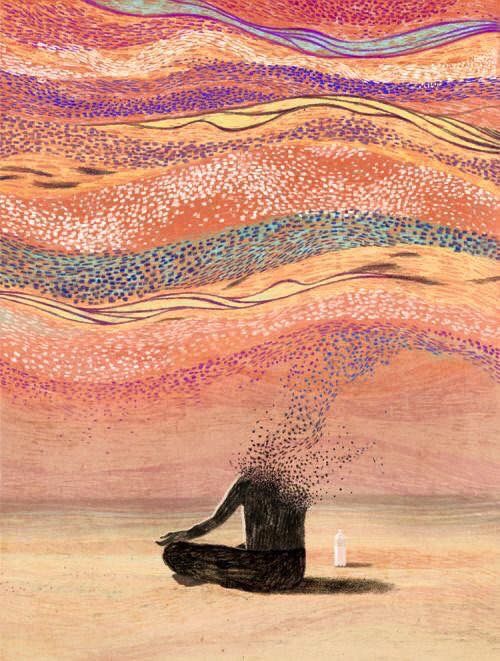“Linking your vital energy to your brain function is one of the most effective ways to improve your cognitive function and your overall energy resilience”

Dear <<First Name>>,
This weeks article explores a fundamental ‘energy resilience ‘ practice that I highly recommend becoming familiar with!
Before the article is the details of the new year beginners mind meditation. if you are coming, please reply to this email saying so. If you can’t make it but would like the recording, let me know and I can send it on.
In the spirit of resilience,
Toby
Tuesday 30th December, 7.30-8.30pm, SG time – 2026 New year ‘Beginners mind’ meditation (Free, online only)
This meditation session is focused upon setting up the 2026 new year energies in a way that invites the best possible experience moving forward. We will be…read full details
Article: Brightening your brain using your vital energy – Microcosmic orbit meditation
Microcosmic orbit meditation is an ‘energy meditation’ that I’ve been using for thirty years or so. It is very simple in essence. In this article I am going to:
- Explain a simple microcosmic orbit technique you can get started with
- Give examples of how I have been using it to help with my health, mental clarity and energy levels
Your vital or generative energy
Microcosmic orbit meditation uses as its base the sexual, generative, or vital energy that we carry in our lower belly, hips and generative organs. It raises this energy up the back of the body into the brain, enhancing our brain energy, but simultaneously raising the vibration of the vital force. You start then by focusing awareness down to your hips and loins, bringing some warm, friendly, nurturing attention to this area of your body. This can be done over the course of a few breaths, being nurturingly present to your vital energy.
The basic circuit
If you then imagine that there is a loop or circuit of energy, made up of two channels. The first runs from the perineum, to your crown, up the spine into the brain. The second runs down the front of your body. You can imagine it as:
- A point of energy in the perineum
- The back channel as a tube made of light rising from perineum to the coccyx, up the spine to the base of the skull, then up the back of the head to the crown, down to the third eye between the eyebrows, and down to the upper lip
- The frontal channel runs from the lower lip down the front of the chin, neck, chest belly, then down thru the sexual organs back down to the perineum
A simple practicum
So, then a twelve-breath practice that I like to do is as follows:
- Three breaths smiling gently and sending friendly awareness to my vital energy down in my lower belly and generative organs
- Six breaths where I am focusing on feeling the energy rising up the back of my body as I inhale and exhale, rising into the brain, flowing up to the crown and down to the third eye
- Three breaths focusing on the energy flowing down the front channel from my third eye and lips down to my sexual organs again, completing the circuit
- Pausing and feeling the flow continue organically
Repeat 1-3 times as a little ‘set’ of microcosmic orbit practice. Part of the point of this practice is to:
- Use your vital energy to being energy and clarity to your brain and mind-function
- Circulate your vital energy thru-out the whole body to promote overall health and wellbeing
- Promote a sense of balance and increased capacity for presence
Examples of when I use this practice during the day include:
- As a part of my daily sitting practice, to bring clarity and energy to my meditation
- As a short work break to re-set my energy
- If I cannot sleep at night as a way of balancing the energy of my body and making it easier to relax
- You can see a slightly more detailed description of the meditation technique here:
- Meditation on the microcosmic orbit
- It’s the sort of practice that builds not just over one or two repetitions, but over extended periods of short, consistent practice. We will be using a number of variations and types of this meditation in the upcoming Wednesday & Saturday series on ‘Beginners mind, resilient body’, as it forms the ‘resilient body’ half of the program.
- © Toby Ouvry 2025, you are welcome to use or share this article, but please cite Toby as the source and include reference to his website www.tobyouvry.com
Upcoming classes & workshops
Ongoing on Tuesday’s & Wednesday’s (live & online), 7.30-8.30pm – Weekly integral meditation classes
Ongoing on Saturdays, 5.30-6.45pm SG time – Saturday Integral meditation deep-dive sessions with Toby
Ongoing on Wednesday, 7.30-8.30pm – Going beyond your limitations, tapping into your hidden strengths – Meditating with your bright shadow, a 6-week course
Tuesday 30th December, 7.30-8.30pm, SG time – 2026 New year ‘Beginners mind’ meditation (Free, online only)
Tues 13th, Weds 14th January, & then weekly – Beginners mind, resilient body – a 10-week integral meditation course
Starts Saturday 17th January, 5.30-6.15pm, & then weekly – Beginners mind, resilient body deep-dive: An 11 -session practice series
Saturday 24th January, 9.00am-12.30pm – Meditation and Mindfulness for Self-Healing and Creating High Levels of Energy
Follow Toby on: LinkedIn, YouTube, Instagram
Integral Meditation Asia
Online Courses * 1:1 Coaching * Books * Live Workshops * Corporate Mindfulness Training *Life-Coaching * Meditation Technology
